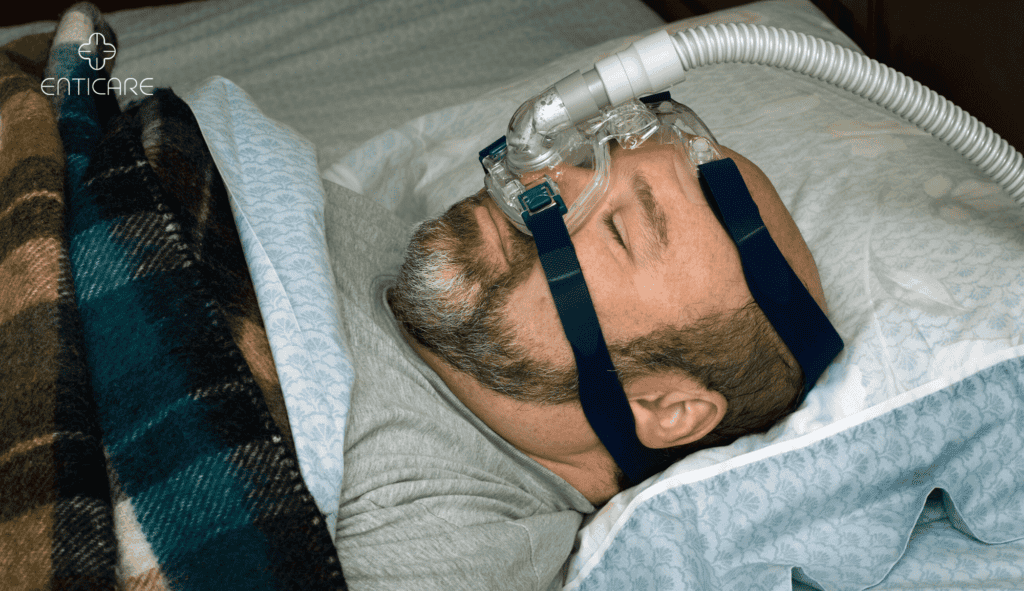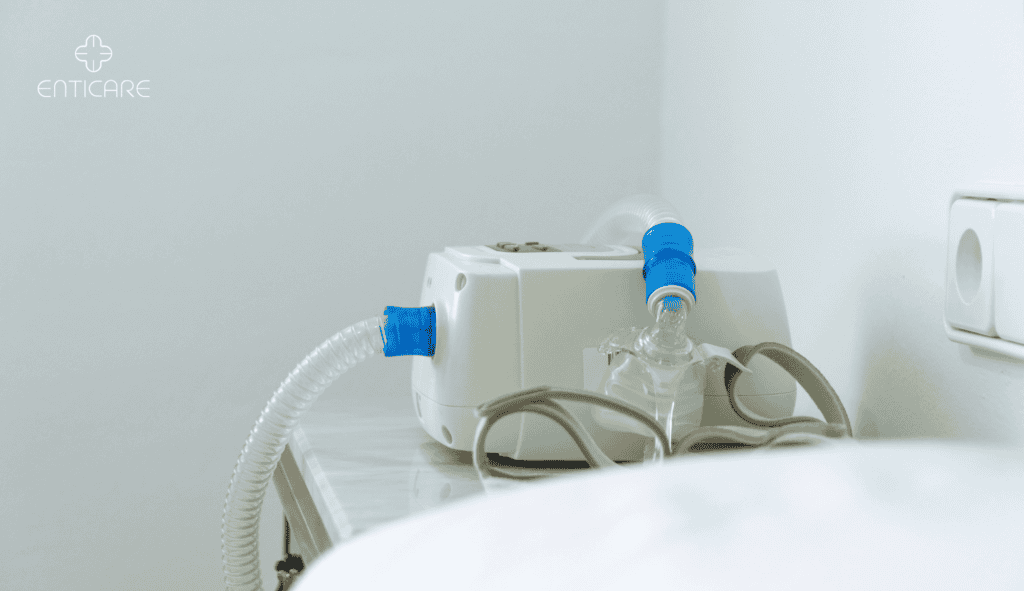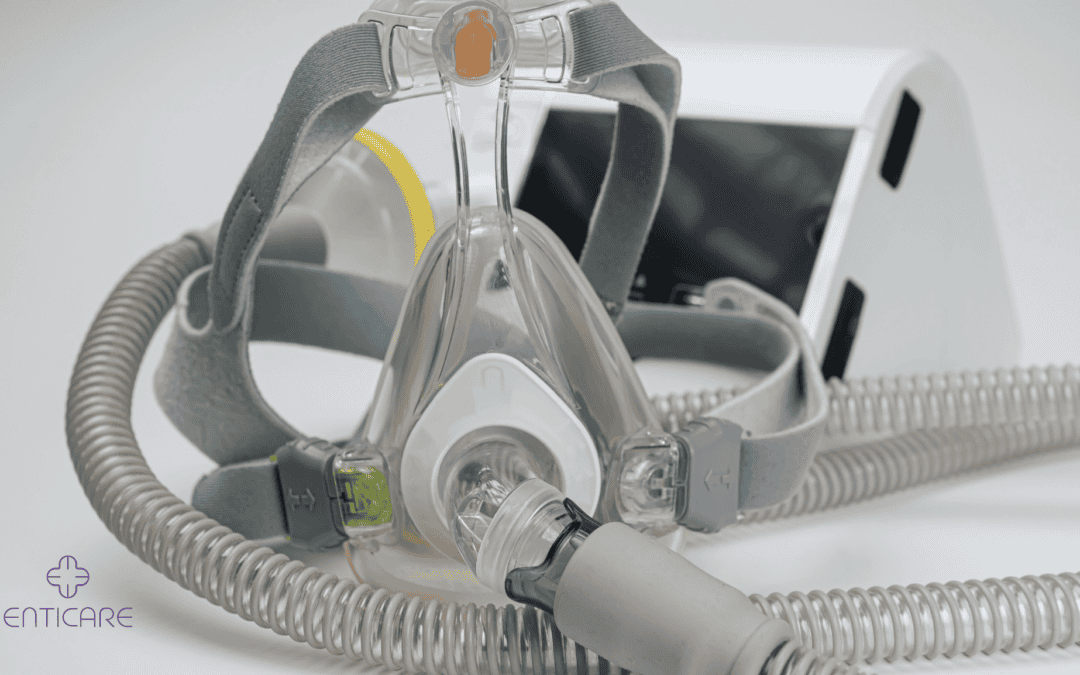A CPAP device transforms sleep for those with sleep apnea, restoring restful nights and helping you wake up refreshed. However, CPAP equipment, like all medical devices, has a lifespan. So, how long can you expect it to last, and what regular maintenance does it need? Here, we answer common questions about CPAP durability, maintenance, and replacements to help you get the most out of your machine.

Understanding CPAP Machine Lifespan: What to Expect
Manufacturers design CPAP machines to last, but their lifespan depends on usage, maintenance, and the model’s quality. Knowing the basics about a CPAP machine’s life expectancy, typically three to five years, will help you plan for its upkeep and eventual replacement.
Average Lifespan of a CPAP Machine
Most CPAP machines last 3-5 years. With consistent use, parts naturally wear down, affecting performance and potentially decreasing comfort over time. Using the machine every night, as recommended, typically accelerates this process.
Obtaining a new CPAP machine after this period can fulfill insurance requirements. It offers advanced technology and improved comfort features, thereby enhancing the effectiveness of sleep therapy.
Factors Affecting Longevity
Humidity levels, regular cleaning, and the power source quality can all impact how long your CPAP lasts. Higher-end models or those specifically designed for heavy usage may last longer than basic models. Environmental factors, like dust and humidity, also play a role. Additionally, these factors can affect the comfort features of your CPAP machine, making it essential to consider them for an improved sleep therapy experience.
Manufacturer’s Warranty and Replacement Timelines
Most CPAP machines come with a 2- to 3-year warranty, typically covering repairs or replacements due to technical issues. Once the warranty expires, the machine may still work, but replacing an old CPAP machine after 3-5 years is advisable to maintain peak effectiveness.
How Often Should You Replace CPAP Supplies?
To get the best performance from your CPAP machine, it is essential to regularly replace its components, including the CPAP mask. Various parts wear out at different rates and may require replacement more often than the machine. CPAP users who consistently replace their equipment tend to experience better sleep quality and increased therapy effectiveness.
Replacing CPAP Masks
CPAP masks typically last 3-6 months. Over time, the mask’s seals degrade, leading to air leaks, reduced comfort, and ineffective therapy. Signs you need a new mask include frequent air leaks, discomfort, or visible wear on the cushion. Regularly replacing CPAP masks is crucial for users to ensure effective sleep apnea therapy. CPAP users who consistently replace their equipment tend to experience better sleep quality and increased therapy effectiveness.
When to Replace the Tubing
CPAP tubing carries pressurized air from the machine to your mask. It should be replaced every 3 months, as it can develop tiny holes or cracks that compromise the seal. Dust and moisture buildup in the tubing can also lead to mold or bacterial growth if it is not replaced regularly.
CPAP Filters: Keeping Your Air Clean
Filters are essential for trapping dust, allergens, and other particles that could impact the machine and your breathing. Disposable filters should be replaced monthly, while reusable filters should be cleaned every two weeks and replaced every six months.

Signs That It’s Time to Replace Your CPAP Machine
Sometimes, your CPAP machine may need replacement sooner than expected. Recognizing the signs of wear and knowing when to replace it keeps your sleep apnea therapy practical and comfortable.
Inconsistent Pressure or Loud Noises
A CPAP machine that starts producing unusual noises or fluctuating air pressure might be failing. This could indicate problems with the internal motor or other components that won’t improve with repairs.
Reduced Comfort and Effectiveness
If your CPAP therapy doesn’t feel as effective as it once did, it could be due to a machine that isn’t performing optimally. Persistent discomfort, leaks, or dryness, even with proper humidification, may signal the need for a new machine.
Outdated Technology
CPAP technology continues to improve, offering better comfort, quieter operation, and enhanced tracking capabilities. However, if your machine is over five years old, it may lack features like auto-adjusting pressure or advanced data monitoring, which can improve therapy outcomes.
Maintenance Tips to Extend Your CPAP Machine’s Life
Regular maintenance can help your CPAP machine last longer and operate effectively. Follow these tips to keep your equipment in top condition.
Certain medical equipment companies accept donations if you need to dispose of an old CPAP machine, provided the devices meet specific criteria.
Daily Cleaning of the Mask and Humidifier
Clean your mask daily to prevent the buildup of skin oils, weakening the cushion and creating an environment for bacteria. If your machine includes a humidifier, empty and rinse it daily to prevent mold.
Regular Tubing and Filter Cleaning
Weekly cleaning of your CPAP tubing and filters prevents dust, bacteria, and allergens from affecting your therapy. Use warm, soapy water to clean the tubing and a soft cloth for reusable filters, then let them air dry.
Proper Storage and Setup
Place your CPAP machine on a stable, dust-free surface away from moisture. Regularly check the power cord and plug to ensure they remain intact. Always use distilled water in the humidifier to prevent mineral buildup that could damage your machine.

Navigating CPAP Repairs vs. Replacement
Sometimes, issues with your CPAP machine may only require a repair, but other times, replacement is the better choice. Here’s how to decide. If donation options are unavailable, you can also recycle your retired CPAP machine at a local recycling center, which may have specific guidelines or fees for recycling certain items.
Repairing Your CPAP Machine
For minor issues like broken buttons or tubing connectors, repair is often more affordable than replacing the entire machine. Contact the manufacturer or an authorized service provider to assess the issue. Regular check-ups may prevent minor problems from becoming major.
Knowing When Replacement is More Cost-Effective
If your CPAP machine experiences frequent breakdowns or consistently performs below its original quality, consider replacing it. Frequent repairs can add up and cost nearly as much as a new machine.
Insurance Coverage for CPAP Replacements
Some insurance providers cover CPAP replacements every 3-5 years, which aligns with the typical machine lifespan. Check with your insurance provider to see if you qualify for a replacement, especially if your machine is aging or experiencing issues.
Ready for a CPAP Check-up?
Keeping your CPAP machine and supplies up-to-date ensures effective sleep apnea treatment and a comfortable night’s sleep. Schedule an appointment with Enticare’s specialists today to discuss your CPAP needs, evaluate your equipment, and explore replacement options if necessary. Click here to book an appointment and take the next step in optimizing your CPAP therapy.

